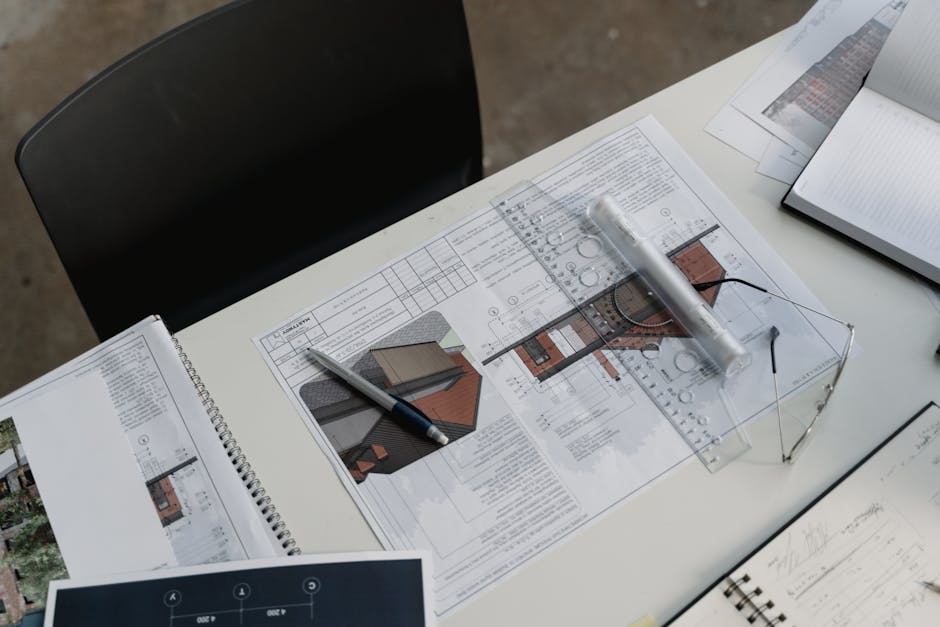Building in New Zealand can be an exciting venture, but it’s essential to understand the consent process before you start. The consent process ensures that building projects comply with local regulations and standards. This process covers several crucial stages, from initial planning to obtaining final approvals. Knowing what’s involved helps streamline your project and prevents potential delays or legal issues.
Overview of the Building Consent Process
The building consent process is all about ensuring compliance with New Zealand’s Building Code. This code sets performance standards to make sure buildings are safe, healthy, and durable. The key phases usually involve a systematic approach that starts at the pre-application phase and ends with the issuance of a building consent. Each stage serves its own purpose and has specific requirements, making it important to follow them carefully.
Pre-Application Phase
Before anything else, the pre-application phase sets the foundation for your project. During this stage, you need to gather detailed site-specific information. This includes getting a Project Information Memorandum (PIM), which provides important insights such as whether resource consent is necessary and if there are natural hazards on the site. The PIM will also reveal the location of existing stormwater and wastewater systems, and whether you need to pay any development contributions. Engaging in a pre-application meeting with council staff, which is optional but recommended, can give you valuable feedback about your plans and help clarify the requirements for obtaining building consent.
Building Consent Application
Once the pre-application phase is complete, it’s time to prepare your building consent application. This requires a comprehensive set of plans and specifications that conform to the Building Code’s requirements. Your application must include calculations and any other documentation that demonstrates the proposed work meets the necessary performance criteria. Typically, these documents are prepared by a registered professional who ensures everything meets the required standards. Proper documentation is crucial, as it directly impacts the success of your application.
Application Processing by the Council
After submitting your application, a building consent officer (BCO) takes on the task of reviewing it. The BCO examines whether your plans adhere to the Building Code’s performance requirements. They also verify that nothing has changed since the PIM issuance and that all regulatory standards are met. The council typically has 20 working days to process the application. However, this period might extend if your application is incomplete or if additional information is required. Should the council request more details, the statutory clock stops until the needed information is submitted.
Issuance of Building Consent and Construction
Once your application meets all criteria, the council issues a building consent. This is the official written approval that allows you to begin construction. The consent will detail specific conditions you need to comply with. Understanding these conditions is crucial before starting any building work. Your builder must follow an agreed inspection schedule during the construction period. Some inspections may be conducted by an engineer who will provide appropriate documentation. This ensures the continued safety and compliance of your project.
Understanding Resource Consent
In addition to building consent, certain projects also require resource consent. This is a separate process with its own regulations. Resource consent involves preparing an application that includes necessary information, documentation, and a lodgement deposit fee. It’s distinct from building consent, and recognizing this distinction is crucial for overall project compliance. Your PIM will indicate whether your project requires resource consent, serving as a guide in this aspect.
Conclusion
Successfully managing a building project in New Zealand requires careful planning and a thorough understanding of the consent process. By following each step, from gathering site-specific information to obtaining the necessary approvals, you ensure your project proceeds smoothly from start to finish. This can help prevent unexpected delays and complications. For more detailed insights on construction processes in New Zealand, you can visit BusinessMag for comprehensive articles and resources to support your building journey.












Leave a Reply